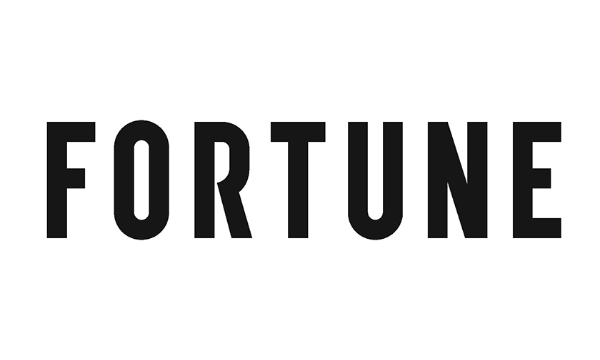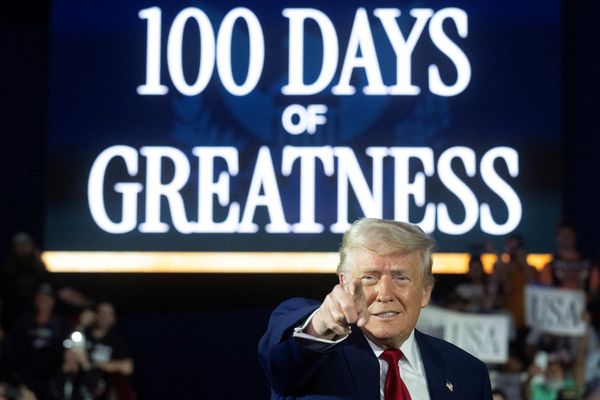
On Monday, people across the United States will have the opportunity to witness a total solar eclipse, with some experiencing it in a unique way - through sound. Harvard University astronomers have developed a device called LightSound that converts the visual spectacle of the eclipse into an auditory symphony.
The LightSound device maps the intensity of light during the eclipse to different musical tones, allowing individuals with blindness or low vision to follow the progress of the celestial event. This innovative technology was created by astronomers at Harvard, led by Allyson Bieryla, who saw the need for a multi-sensory experience of the eclipse.
The project originated during the 2017 total eclipse in the United States and has since evolved, with the current version of LightSound being more accessible and user-friendly. The device uses sonification, a process that assigns instrument sounds to data, to translate the changing light intensity into audible tones.
With the upcoming eclipse in 2024, the LightSound project has expanded its reach, distributing hundreds of devices to eclipse-viewing events across North America. In Ohio, the Department of Natural Resources has partnered with Opportunities for Ohioans with Disabilities to provide LightSound devices at eclipse-watch parties, ensuring inclusivity for individuals with vision-related disabilities.
Furthermore, the American Council of the Blind is offering a virtual stream of eclipse sounds for those unable to attend events with LightSound devices. NASA's Eclipse Soundscapes app and partnerships with the National Park Service and Earth to Sky provide additional resources for individuals with visual impairments to experience the eclipse through vibrations, audio tones, and narrated descriptions.
Looking ahead, the LightSound team aims to empower communities globally by teaching them how to build these devices, with the hope of inspiring young scientists, including those with disabilities, to pursue astronomy and other scientific fields.







